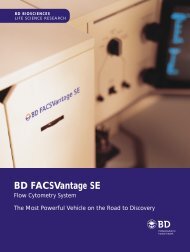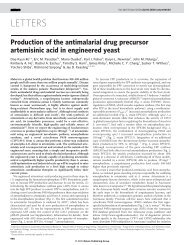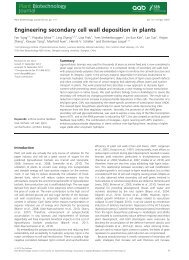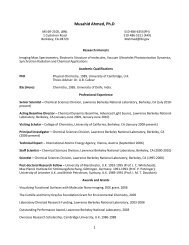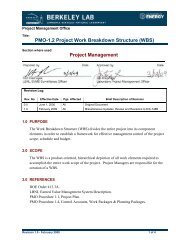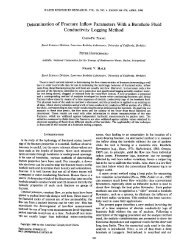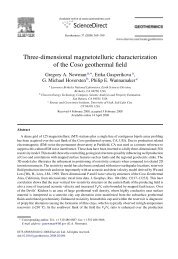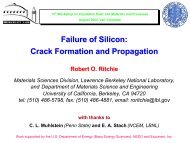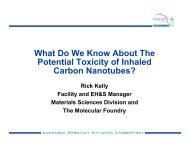LBNL Respiratory Protection Program - Lawrence Berkeley National ...
LBNL Respiratory Protection Program - Lawrence Berkeley National ...
LBNL Respiratory Protection Program - Lawrence Berkeley National ...
You also want an ePaper? Increase the reach of your titles
YUMPU automatically turns print PDFs into web optimized ePapers that Google loves.
when used by a fully trained worker. For a list of APFs, refer to Appendix B, Assigned<br />
<strong>Protection</strong> Factors.<br />
Atmosphere-supplying respirator: a respirator that supplies the respirator user with breathing<br />
air from a source independent of the ambient atmosphere, and includes supplied-air respirators<br />
(SARs) and self-contained breathing apparatus (SCBA) units.<br />
CFR: Code of Federal Regulations<br />
Cartridge (air-purifying): A container with a filter, sorbent, or catalyst, or any combination<br />
thereof, which removes specific contaminants from the air drawn through it.<br />
Cartridge change schedule: A calculation based on objective information and data to ensure<br />
that cartridges are changed before the end of their service life.<br />
Ceiling Limit (C): The airborne concentration that should not be exceeded during any part of<br />
the working exposure.<br />
Contaminant: A harmful, irritating, or nuisance material that is foreign to the normal<br />
atmosphere.<br />
Dust mask: The common name for a filtering facepiece respirator.<br />
Emergency situation: Any occurrence such as, but not limited to, equipment failure, rupture of<br />
containers, or failure of control equipment that may or does result in an uncontrolled significant<br />
release of an airborne contaminant.<br />
End of service life indicator (ESLI): An indicator on a respirator cartridge that is certified by<br />
NIOSH for a contaminant, to indicate when the cartridge service life is ended.<br />
Exhalation valve: A device that allows exhaled air to leave a respirator and prevents outside air<br />
from entering through the valve.<br />
Exposure Assessment: The process of defining exposure profiles and judging the acceptability<br />
of workplace exposures to environmental agents. These assessments may be; quantitative, semiquantitative,<br />
or qualitative. These assessments are generally conducted by an ES&H<br />
Professional, which may include Industrial Hygienists, Safety Engineers, or in some cases,<br />
others. These assessments may be conducted for representative employees and are not required<br />
to be conducted for each individual. In all cases, employees have full access to exposure<br />
monitoring information, including situations where an individual’s exposure is not monitored.<br />
Facepiece: That portion of a respirator that covers the wearer's nose and mouth.<br />
Filter or air-purifying element: A media component used to remove solid or liquid particles<br />
from the inspired air.<br />
Filtering facepiece (disposable dust mask): a negative pressure particulate respirator with a<br />
filter as an integral part of the facepiece or with the entire facepiece composed of the filtering<br />
medium. These respirators are sometimes inaccurately referred to as N95 respirators, because<br />
that is the most common efficiency and filter designation used in filtering facepiece respirators.<br />
With the exception of some limited Health Care activities, these devices are only used when for<br />
voluntary use situations.<br />
Fit test: The use of a protocol to qualitatively or quantitatively evaluate the fit of a particular<br />
respirator to a specific person. A fit test must be repeated annually.<br />
<strong>LBNL</strong> <strong>Respiratory</strong> <strong>Protection</strong> <strong>Program</strong> Page 2<br />
V2.4 Revised 3/28/12





